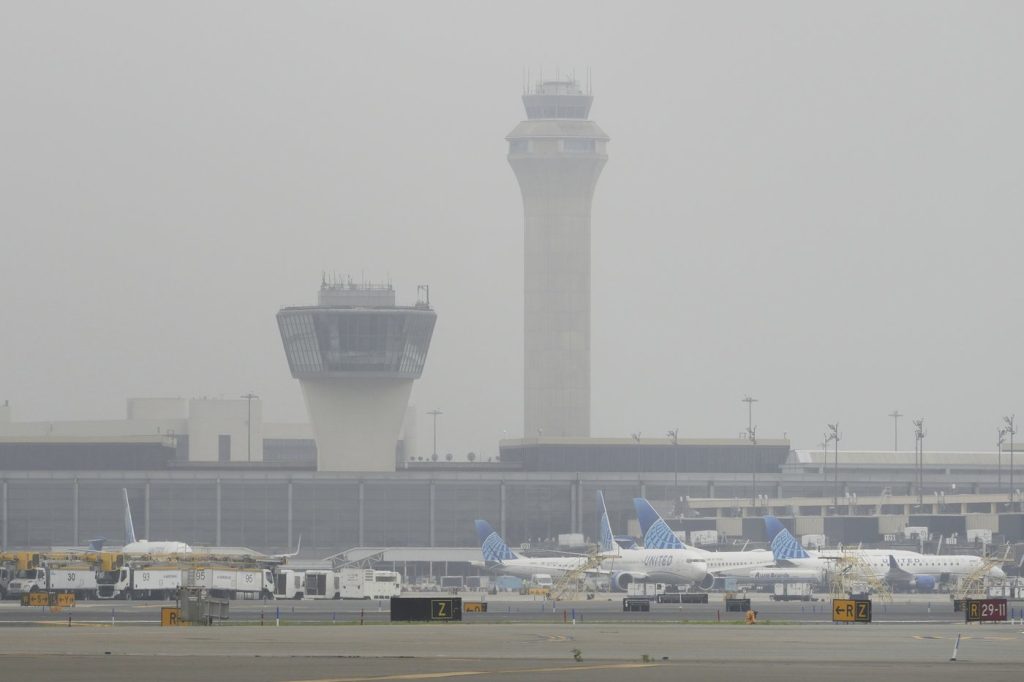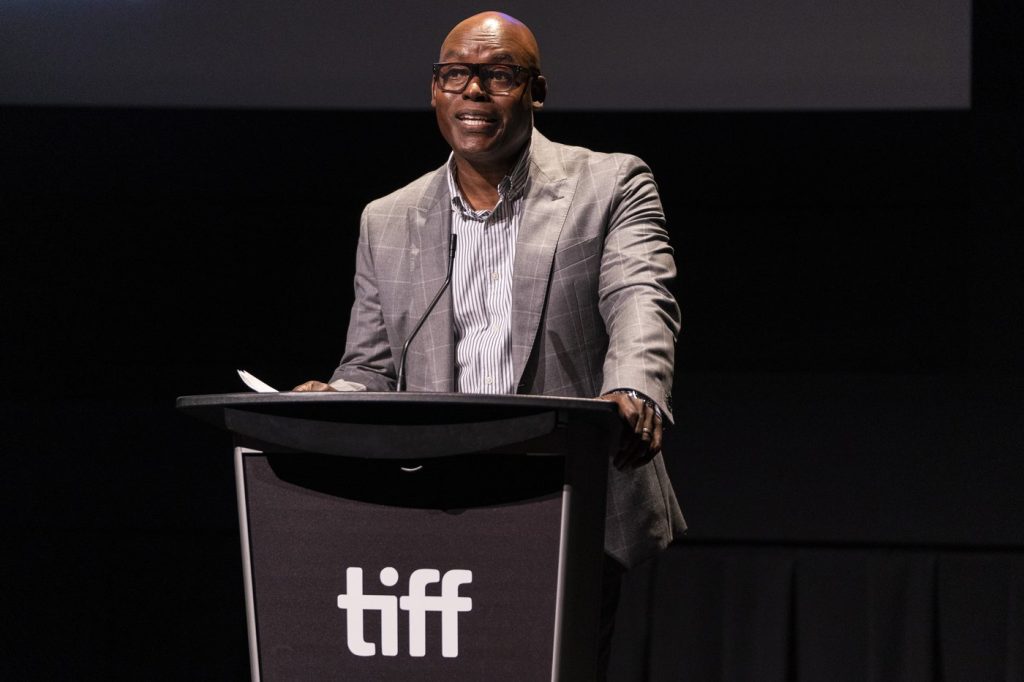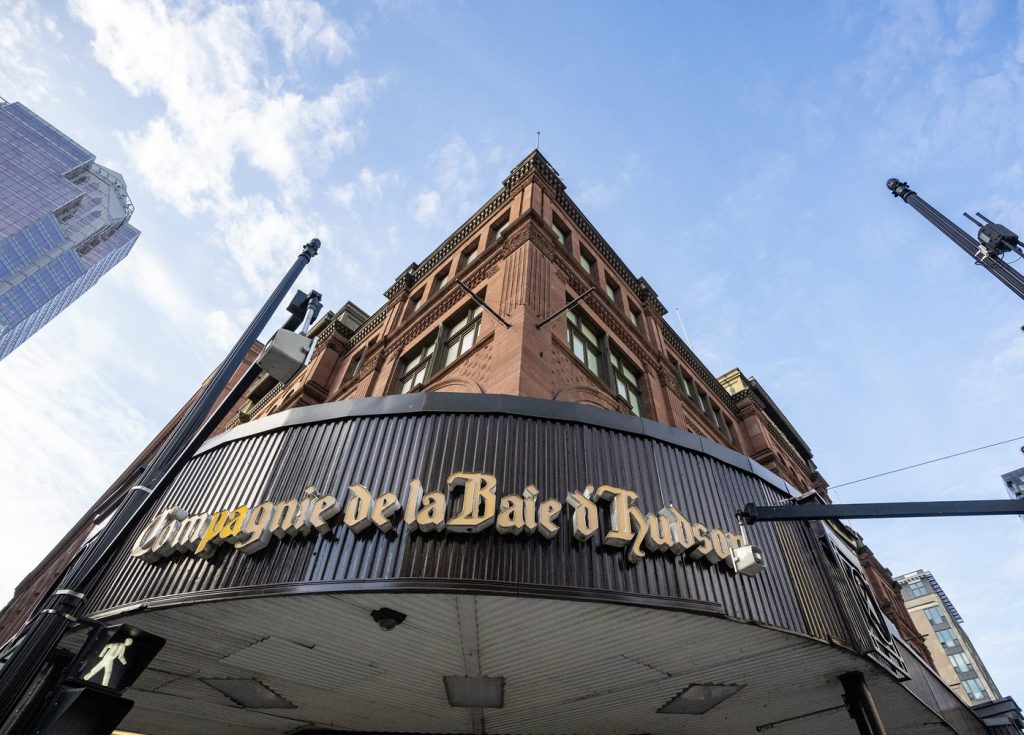The prolonged flight delays and cancellations affecting Newark Liberty International Airport in New Jersey and extending to various airports across the United States have been linked to a communication breakdown experienced by air traffic controllers. This issue, reported by the National Air Traffic Controllers Association, dates back to April 28 when the Philadelphia air traffic control facility lost radar and communication with planes operating in Newark's airspace.
According to union spokesperson Galen Munroe, the outage left controllers "unable to see, hear, or talk to" the aircraft they were overseeing. Transportation Secretary Sean Duffy confirmed the incident and noted that air traffic was subsequently reduced into Newark as a safety precaution. This decision led to extensive delays and numerous canceled flights, impacting travelers significantly.
In the aftermath of the communication outage, several controllers opted to take a leave of absence under a contractual provision that permits them to step away after experiencing a traumatic event at work. This development further aggravated existing staff shortages at the Philadelphia facility responsible for managing traffic at Newark Airport.
The disruptions have also had a cascading effect, impacting airports in Los Angeles, Atlanta, Chicago, and Dallas, igniting calls for upgrades to aviation technology and infrastructure. Additionally, the nationwide air traffic controller shortage—an issue previously acknowledged by the Trump administration—has come back to the forefront of discussions. Secretary Duffy emphasized the need for a comprehensive overhaul of the air traffic control system and is set to unveil a multibillion-dollar proposal aimed at addressing the country's outdated systems.
It was reported that the communication loss lasted for approximately 30 seconds due to the failure of both the primary and backup communication lines at the control center. While losing contact with one plane can be commonplace, losing communication with all planes is considered unusual. Former controllers highlighted that, during such outages, safeguards are in place to prevent collisions, and backup procedures typically involve switching control to an adjacent facility.
After the communications breakdown, traffic at Newark, which is the nation's 12th busiest airport, was deliberately slowed. Travelers at the airport expressed frustration over continuous delays, with some attempting to change their travel plans but being unable to confirm alternate routes as flights remained scheduled. United Airlines has responded to the situation by cutting 35 daily flights from Newark's schedule starting from Saturday, with United CEO Scott Kirby acknowledging that the technology in place has failed multiple times in the preceding week.
Kirby warned that Newark does not have the capacity to handle the current volume of air traffic in the months to come and urged the Federal Aviation Administration (FAA) to implement limits on flight slots. This practice has been employed at other heavily trafficked airports where demand exceeds capacity. The union representing flight attendants has also voiced concerns, requesting airlines to reduce flights out of Newark until conditions improve.
Efforts to alleviate staff shortages at the Philadelphia facility stem from a previous move that relocated controllers from a Long Island facility to address chronic understaffing issues. However, this transition has created additional challenges due to insufficient staffing levels. Reports have indicated potential radar failures in Philadelphia, linked to outdated infrastructure designed to relay data from New York. The Trump administration has initiated programs aimed at enhancing the recruitment of new controllers and offering incentives to current controllers to delay retirement.
Nonetheless, training new air traffic controllers is a lengthy process, and experts caution that significant improvements will take time. Duffy optimistically suggested that the hiring initiatives could fully staff the workforce within three to four years, but former FAA safety inspector David Soucie warned of impending difficulties, citing the prolonged nature of hiring and training in this critical sector.












